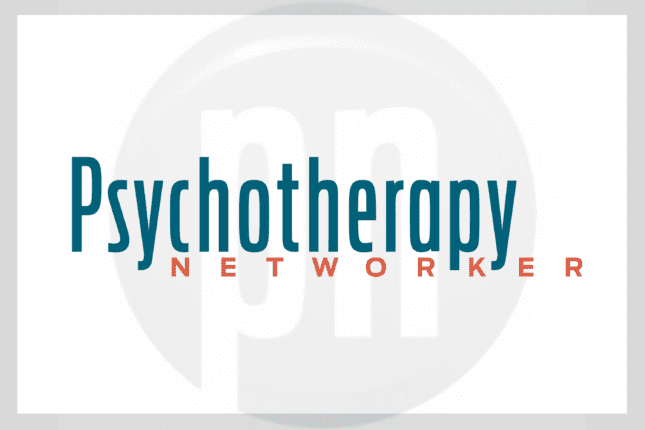Part of the problem for psychotherapy as a field is that those of us in academia and research haven’t always been good at translating what research has discovered about effective psychotherapy for frontline practitioners. By and large, we haven’t made a strong enough case to practitioners that, although science is rarely infallible, it’s still our best shot at getting us closer to the truth about how the world actually works. That may seem like a self-evident point, but it’s easily forgotten.
Contributing to this problem is confusion about the difference between the American Psychological Association Division 12’s (Society of Clinical Psychology) approved list of empirically supported treatments, which are methods that have been found to be efficacious in controlled trials, and a more general approach to enhancing therapy called evidence-based practice. The latter, according to Division 12, is a broad approach to psychotherapy that goes beyond just choosing something from the approved list by integrating other factors that may influence therapy outcomes, such as the quality of the therapeutic alliance, client preferences and values, and therapist expertise.
I think that one of the major consequences of the gap between science and clinical practice is that some therapists are more impressed with fads than they ought to be. To take just one recent example, many clinicians have become preoccupied with making the brain a central concern of therapy. I worry that this preoccupation is premature. Examining the connection between how the brain functions and behavior is a fascinating domain, which we should continue to explore, but most of the new neuro-based therapies aren’t nearly as well supported as some people believe. Approaches such as energy psychology, brainspotting, brain gym, and neurofeedback have been oversold. For example, neurofeedback may be effective as a treatment for attention deficit hyperactivity disorder, but the results at present are mixed. You won’t learn this caveat from most websites promoting the technique.
Too often, the claims for brain-based approaches don’t pass the smell test. I recently received a workshop advertisement in my mailbox offering “advanced mindfulness techniques that change the brain.” Well, of course! That’s a truism. What’s mindfulness going to change? The gallbladder? Everything that works in psychotherapy must “change the brain” at some level. So this ad doesn’t provide us with new information: it merely dresses up in seductive neuro-language something we already know. Similarly, though I’m intrigued by the promise of mindfulness—indeed, I’ve sometimes used techniques in this vein to de-stress myself—there’s been a tendency in the field to oversell mindfulness and overstate the claims for its clinical impact. For anxiety disorders, for example, many mindfulness techniques may be just a more efficient and palatable means of delivering exposure therapy.
Too often, I worry, people go to therapists who purport to use a technique that exerts distinctive or unique effects, when in fact, the technique isn’t all that novel. For instance, energy therapies may be therapeutically effective but theoretically inert. By that, I mean they probably work to some degree, but not for the reasons their proponents claim. I suspect that whatever modest effectiveness they may possess stems from the fact that they inadvertently provide clients with exposure and get them to talk about important issues in their lives. But that’s an entirely different matter from saying that they work better than other exposure-based treatments or that their underlying theoretical rationale possesses any validity. What concerns me is that desperate people may understandably latch onto some of these approaches for themselves or their loved ones, reinforcing our tendency as a profession to chase the latest fad without learning from our mistakes.
One of the most important qualities a therapist needs to cultivate is intellectual humility—an awareness of the limitations of one’s knowledge and an appreciation for the fact that we can all be wrong about things. We need to be confident enough that we can effectively communicate to our clients a belief in our therapeutic methods, but we should be careful not to stray too far from the evidence, always remaining aware of the possibility that we might be wrong. It’s hard to be both confident and self-critical, but that’s precisely the therapeutic balance we need to strike. After all, genuine confidence comes from genuine knowledge, and genuine knowledge comes from a willingness to subject our beliefs to scrutiny.
Scott Lilienfeld
Scott Lilienfeld, PhD, is the Samuel Candler Dobbs Professor of Psychology at Emory University.













